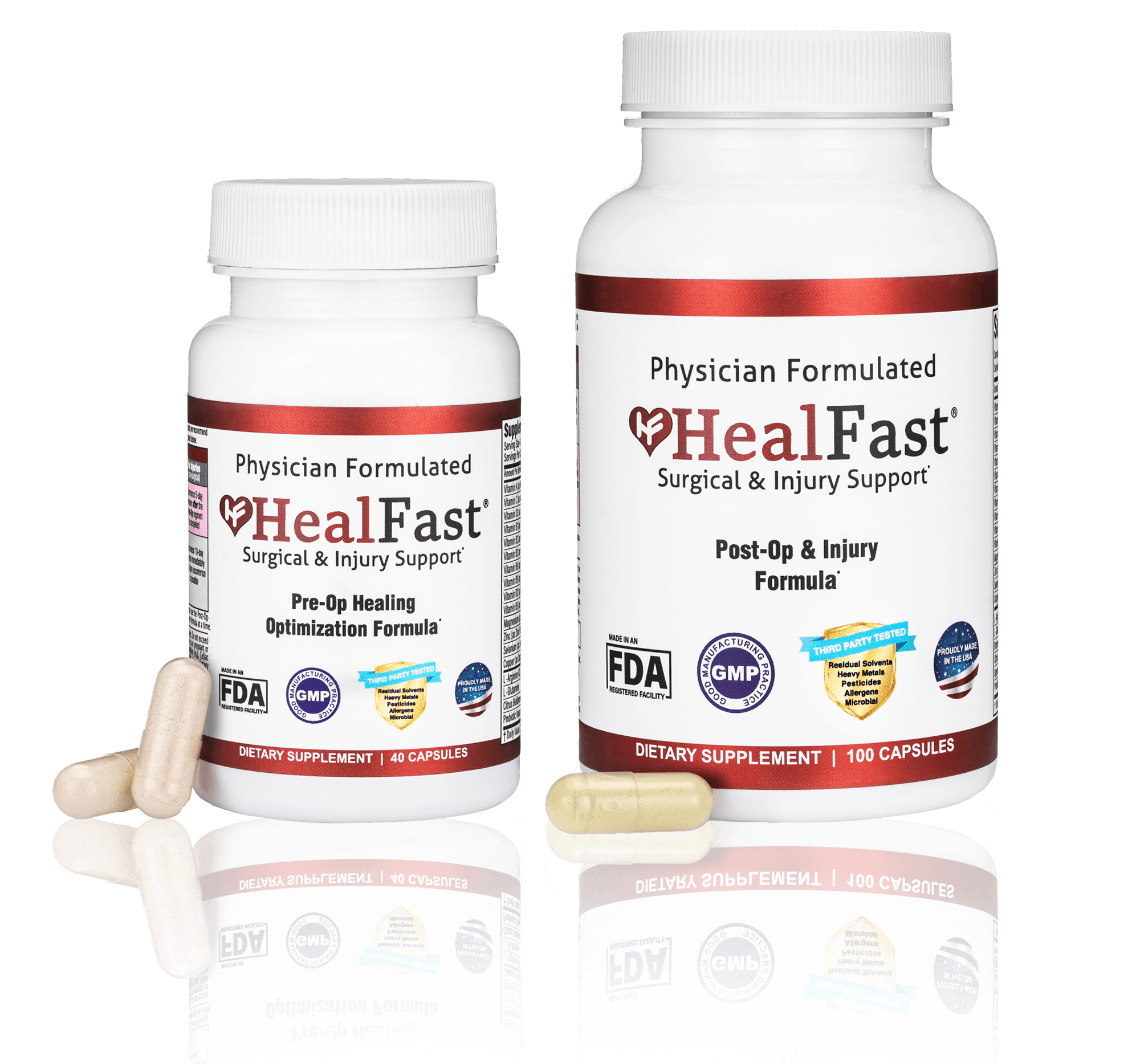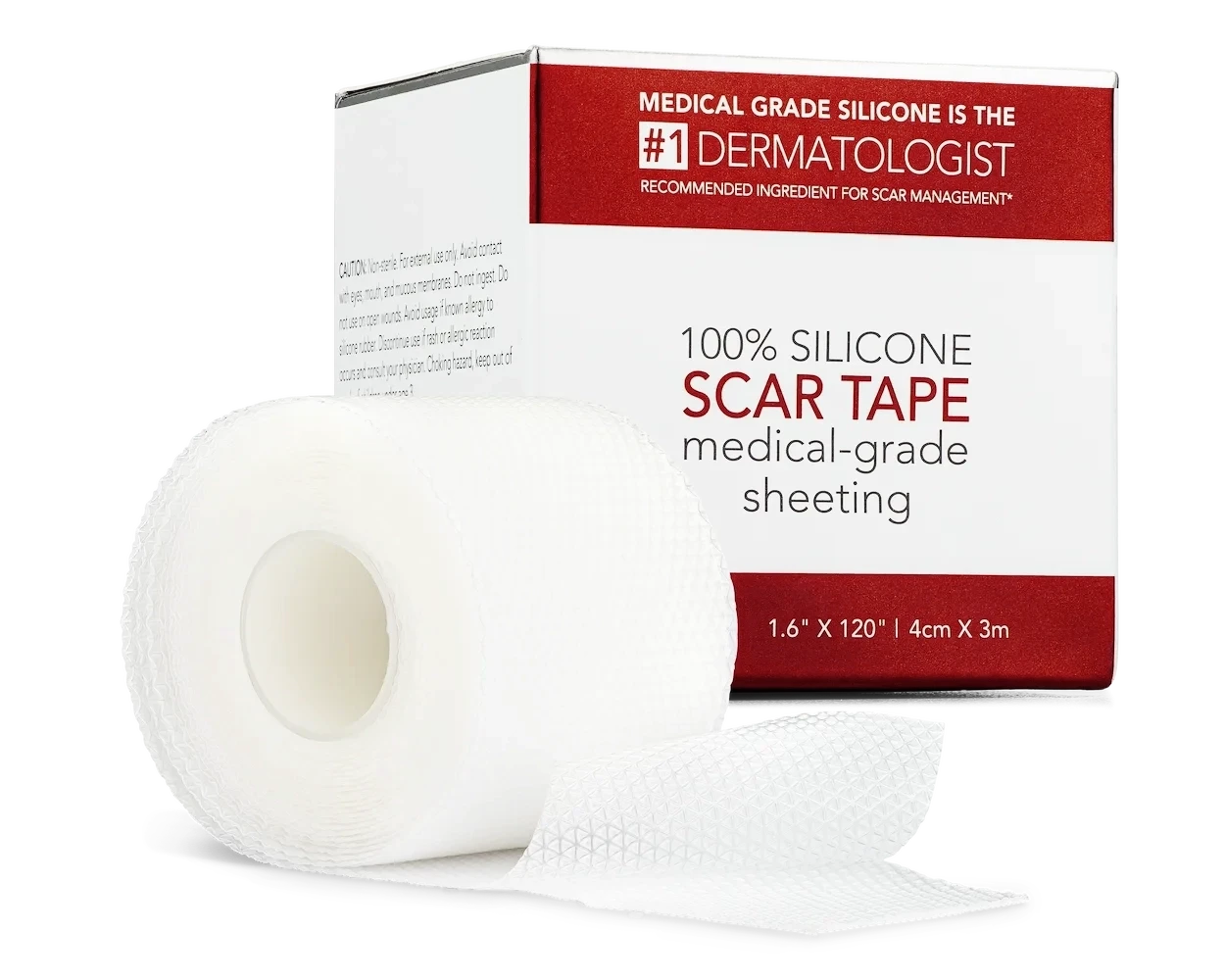Written and fact checked by Dr. Myro Figura, M.D.
Doctor Shares Top 10 Cannot-Miss Tips on Recovering After Surgery
Written and fact checked by Dr. Myro Figura, M.D.
As an anesthesiologist with over 10 years of experience in taking care of patients after surgery, I've learned that the journey to recovery can be as challenging as the surgery itself.
These tips are drawn from my own experience and the latest research, and they have helped countless patients heal faster and more effectively. Here are the top 10 most important—and sometimes surprising—tips to support your healing journey.
Dr. Myro Figura, M.D. is a practicing Board-Certified Anesthesiologist - he shares health tips on his social media with his more than 2 million followers.
Follow him on the journey @doctormyro on Instagram, TikTok, YouTube, and Facebook

1. Sleep Strategically in the Hospital
Getting quality sleep in a hospital can be challenging due to frequent monitoring and noise. Requesting to have vital signs taken less frequently during sleep hours can help you get uninterrupted rest, which is crucial for recovery. Good sleep promotes faster healing, reduces stress, and strengthens your immune system.¹ Talk to your healthcare team about creating a more restful environment.

2. Avoid Aggressive Bed Rest
Prolonged bed rest can be more harmful than beneficial, causing muscle atrophy and bone density loss. Research shows that muscle strength decreases by 3-5% per day of bed rest, and bone density can decrease by up to 50% after 12 weeks.² ³ Gentle activities like short walks or simple stretches can significantly aid recovery by maintaining muscle tone and promoting blood circulation. Movement also helps prevent complications such as deep vein thrombosis (DVT). Always consult with your doctor about the appropriate level of activity.
3. Bromelain for Bruising and Swelling: Post Surgery Supplements
Bromelain, an enzyme found in pineapples, has been shown to reduce swelling, bruising, and pain after surgery.⁴ Incorporating bromelain supplements or pineapple into your diet can be a simple yet effective strategy. It acts as a natural anti-inflammatory, aiding in faster recovery without the side effects of conventional medications.


4. Probiotics to Prevent Infections
Consuming probiotics after surgery can help balance your gut microbiome, which can be disrupted by antibiotics commonly prescribed post-surgery. A healthy gut microbiome supports immune function and may reduce the risk of infections.⁵ Including probiotic-rich foods like yogurt, kefir, or taking probiotic supplements can be beneficial. Discuss with your healthcare provider before adding probiotics to your regimen.

5. Silicone Gels for Scar Prevention
Applying silicone gels and adhesive sheets can improve the appearance of scars, making them flatter and less noticeable. Silicone creates a protective barrier, maintaining moisture and promoting a better healing environment for the skin.⁶ Using these products regularly for several months can yield significant improvements in scar texture and color.
6. Stay Hydrated but Avoid Diuretics
While staying hydrated is crucial for recovery, taking diuretics to reduce post-surgical swelling is not recommended unless prescribed by a doctor.⁷ Diuretics can reduce fluid in the bloodstream, not in the tissues, potentially slowing down the healing process. Proper hydration supports all bodily functions, including healing and immune response. Opt for water, herbal teas, and electrolyte solutions instead of sugary or caffeinated beverages. Discuss any diuretic use with your healthcare provider.
7. Meditation for Better Sleep
Using relaxation techniques like meditation or visual imagery can help calm your mind, reduce anxiety, and improve sleep quality, which is essential for recovery. A study in the journal "Psychosocial Intervention" found that mindfulness meditation improved sleep quality in older adults with moderate sleep disturbances.⁸ Meditation helps lower stress hormones and promotes a sense of well-being, which can enhance your body's healing processes. Incorporate daily meditation sessions or guided imagery exercises to support your recovery.


8. Pressure Therapy for Scars
Using elastic bandages or pressure garments on scar sites can significantly improve scar appearance over time.⁹ Pressure therapy helps flatten and soften scars by remodeling collagen and improving blood flow to the affected area. It's particularly effective for keloid and hypertrophic scars. Ensure you follow your surgeon's guidelines for the best outcomes.

9. Be Cautious with Antibiotics
Overuse of antibiotics can disrupt your gut microbiome, leading to complications like Clostridium difficile infections. A balanced approach is necessary; while antibiotics are crucial for preventing infections, they should be used judiciously. On the other hand, studies confirm that probiotics can reduce the risk of antibiotic-associated diarrhea.¹⁰ Balancing antibiotic use with probiotics helps maintain gut health, which is vital for overall recovery. Always follow your doctor's prescription and advice regarding antibiotic use.
10. Monitor for Warning Signs
Be vigilant for warning signs such as excessive bleeding, high fever, severe nausea, or pain that cannot be controlled by medication. Early detection of these symptoms can prevent serious complications like infections, blood clots, or internal bleeding. Timely intervention in such cases can reduce further complications and post-operative mortality rates by a significant amount. Keeping a log of your symptoms and communicating with your healthcare provider can ensure a safer and smoother recovery process.
BONUS TIP!
BONUS TIP!
"Maintain a positive outlook, attitude is everything when it comes to surgery recovery"
- Myro Figura, M.D.
References
- Vyazovskiy, V. (2015) ‘Sleep, recovery, and metaregulation: Explaining the benefits of sleep’, Nature and Science of Sleep, p. 171. doi:10.2147/nss.s54036.
- Marusic, U. et al. (2021) ‘Nonuniform loss of muscle strength and atrophy during bed rest: A systematic review’, Journal of Applied Physiology, 131(1), pp. 194–206. doi:10.1152/japplphysiol.00363.2020.
- Leblanc, A.D. et al. (1990) ‘Bone mineral loss and recovery after 17 weeks of Bed rest’, Journal of Bone and Mineral Research, 5(8), pp. 843–850. doi:10.1002/jbmr.5650050807.
- Chakraborty, A. et al. (2021) ‘Bromelain a potential bioactive compound: A comprehensive overview from a pharmacological perspective’, Life, 11(4), p. 317. doi:10.3390/life11040317.
- Wiertsema, S.P. et al. (2021) ‘The interplay between the gut microbiome and the immune system in the context of infectious diseases throughout life and the role of Nutrition in Optimizing Treatment Strategies’, Nutrients, 13(3), p. 886. doi:10.3390/nu13030886.
- Mustoe, T.A. (2020) ‘Silicone gel for scar prevention’, Textbook on Scar Management, pp. 203–208. doi:10.1007/978-3-030-44766-3_23.
- Popkin, B.M., D’Anci, K.E. and Rosenberg, I.H. (2010) ‘Water, hydration, and health’, Nutrition Reviews, 68(8), pp. 439–458. doi:10.1111/j.1753-4887.2010.00304.x.
- Camino, M. et al. (2022) ‘Mindfulness-based cognitive therapy to improve sleep quality in older adults with insomnia’, Psychosocial Intervention, 31(3), pp. 159–167. doi:10.5093/pi2022a12.
- DeBruler, D.M. et al. (2020) ‘Improved scar outcomes with increased daily duration of pressure garment therapy’, Advances in Wound Care, 9(8), pp. 453–461. doi:10.1089/wound.2020.1161.
- Newberry, S.J. (2012) ‘Probiotics for the prevention and treatment of antibiotic-associated diarrhea’, JAMA, 307(18), p. 1959. doi:10.1001/jama.2012.3507.

















